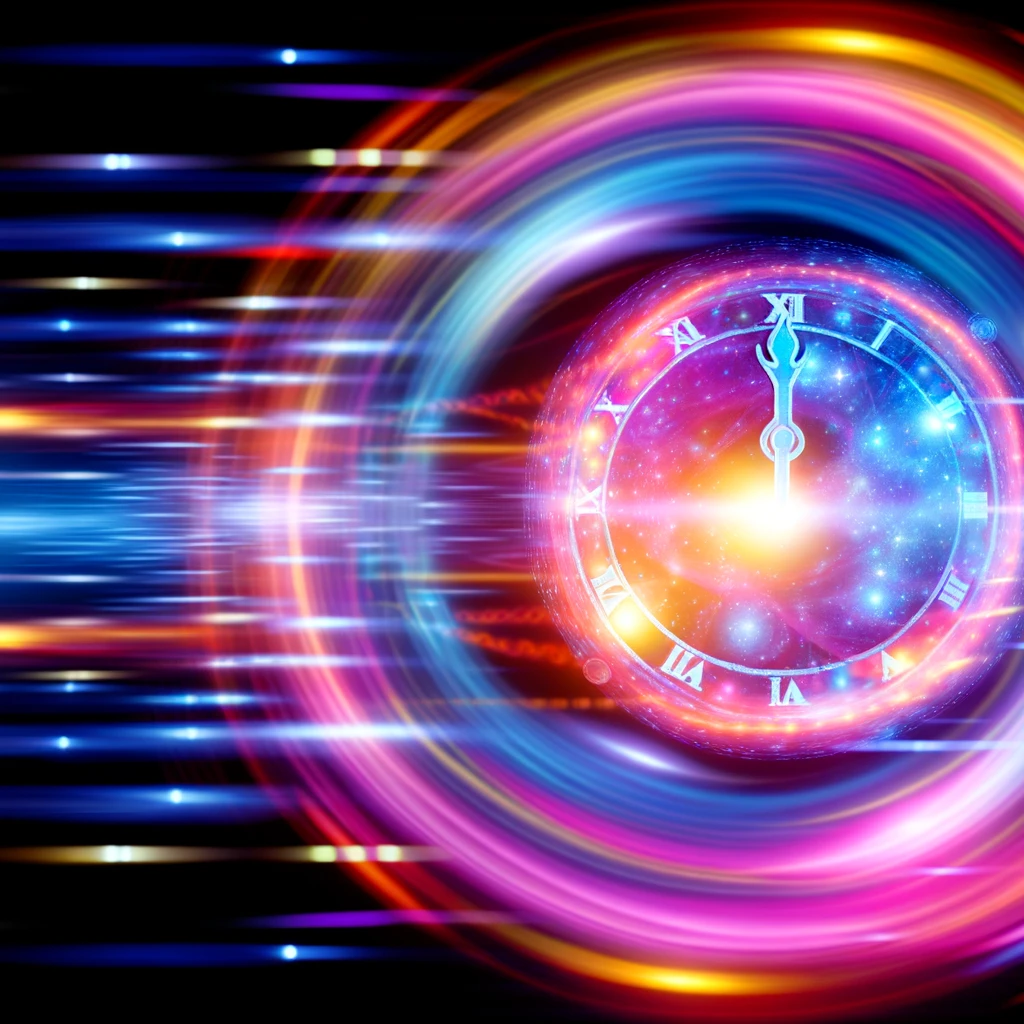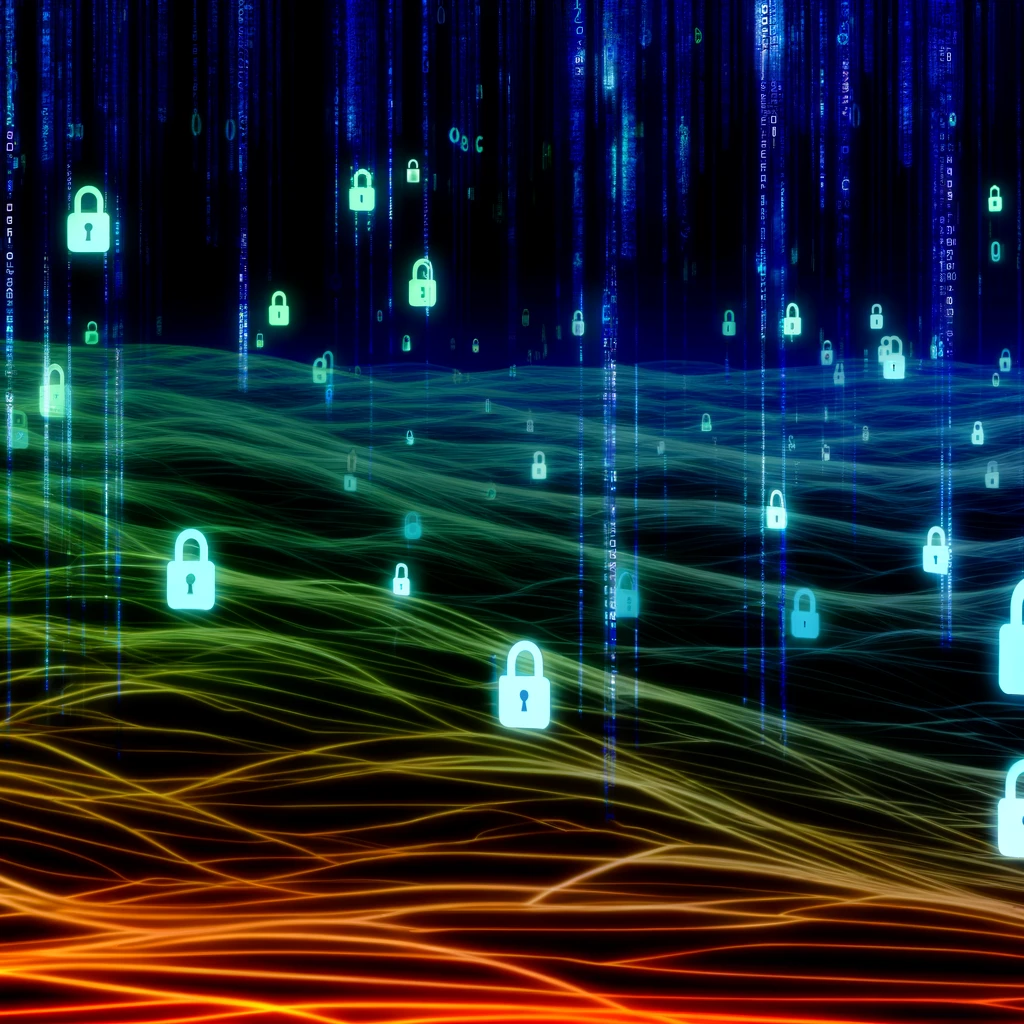
The Physics of Time Travel: Separating Science Fiction from Science Fact
Time travel has been a fascinating concept for humanity, often explored in literature and film. But how much of it is grounded in actual science? This article delves into the physics of time travel, examining theories that straddle the line between science fiction and science fact.
Understanding Time: The Fourth Dimension
Before exploring time travel, it's crucial to understand time itself. In physics, time is considered the fourth dimension, alongside the three spatial dimensions. This concept was revolutionized by Albert Einstein's theory of relativity, which suggests that time is relative and can vary based on speed and gravity.
Special Relativity and Time Dilation
Einstein's Special Theory of Relativity introduced the idea of time dilation. According to this theory, time slows down for an object moving close to the speed of light relative to a stationary observer. This phenomenon has been experimentally verified with precise atomic clocks and fast-moving particles.
General Relativity and Gravitational Time Dilation
General Relativity extends the concept of time dilation to gravity. Massive objects like planets and stars can warp spacetime, causing time to pass differently in their vicinity. This effect, known as gravitational time dilation, has been observed in experiments using satellites and atomic clocks.
Theoretical Possibilities of Time Travel
While time dilation offers a form of 'time travel' to the future, the idea of traveling to the past remains speculative. Several theoretical models have been proposed, each with its own challenges and implications.
Wormholes: Shortcuts Through Spacetime
Wormholes are hypothetical passages through spacetime that could create shortcuts between different points. If traversable, they might allow for faster-than-light travel, potentially facilitating time travel. However, the stability and existence of wormholes remain purely theoretical, with no empirical evidence supporting them.
Cosmic Strings and Closed Timelike Curves
Cosmic strings are theoretical one-dimensional defects in spacetime that could potentially create closed timelike curves, allowing for time travel to the past. These concepts arise from advanced models of the universe, but their existence has yet to be confirmed.
The Science Fiction Influence
Time travel has been a popular theme in science fiction, often depicting scenarios far beyond our scientific understanding. While these stories ignite imagination and curiosity, they frequently overlook the fundamental laws of physics.
The Grandfather Paradox
A famous time travel paradox is the Grandfather Paradox, where a time traveler could theoretically prevent their own existence by altering past events. This paradox challenges the logical consistency of traveling back in time and raises questions about causality and free will.
Multiverse and Alternate Timelines
Some science fiction narratives propose the existence of multiple universes or alternate timelines, where changes to the past create divergent realities. While intriguing, these ideas lack empirical support and remain speculative.
Conclusion: The Future of Time Travel
While the science of time travel offers fascinating possibilities, it remains largely in the realm of theoretical physics. Current scientific understanding supports limited 'travel' to the future through time dilation, but backward time travel faces significant challenges. As research in quantum mechanics and cosmology advances, future breakthroughs may bring us closer to understanding the true potential of time travel.
Related Articles





